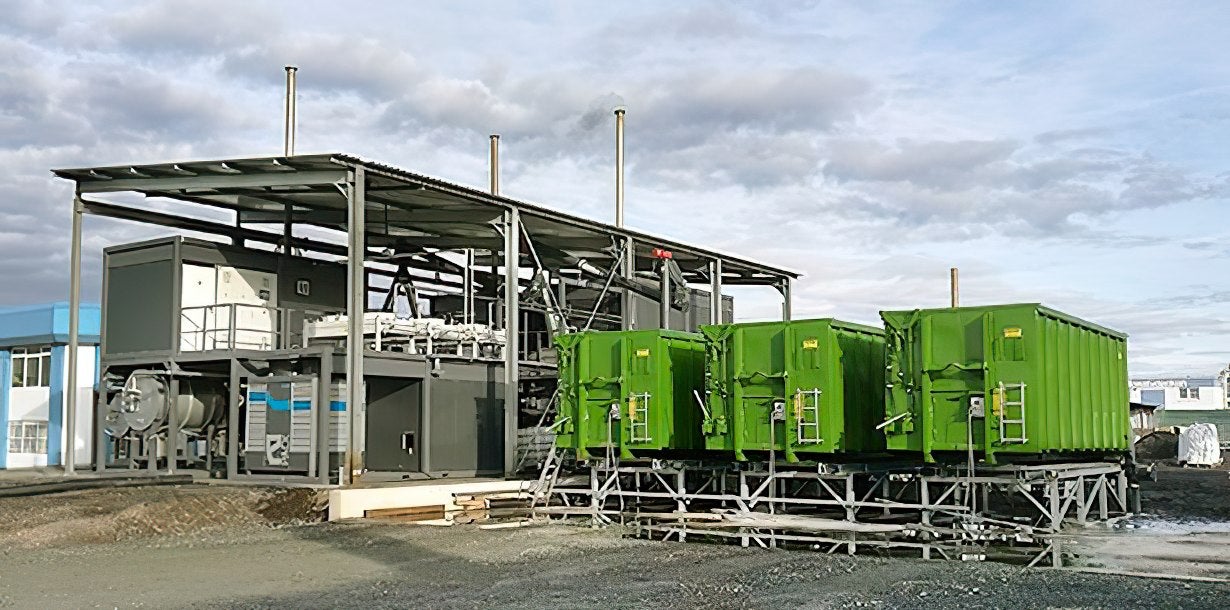Biochar seems to be the latest way to suck in investment dollars. Its a legitimate product but with SPACs desperate for green investments, biochar is ripe for startups to see if they can grab the golden ring and get merged with a SPAC. Instant millionaires on paper and then they need to figure out a way to actually commercialize it or lt least try to before they can sell off their shares. Special Purpose Acquisition Company (SPAC) Definition (investopedia.com)
There was a prior firm that was going for the biochar golden ring at Millinocket Mill. The only thing that project produced was lot of disappointments for the region, a big flat open site where mill buildings once stood and a big IRS lien. So the action now goes down the road to the East Millinocket site. Former East Millinocket paper mill site is about to get its 1st tenant (bangordailynews.com)
I looked up the company's website and lots of finance talent but not a lot of technical talent.
Biochar has been around for thousands of years. Its basically wood that has been heated without oxygen to drive off the volatiles. Its basically charcoal made of 98% carbon with inorganic ash mixed in with it. Dig a hole, dump the charcoal in the ground and its sequestered carbon. Of course when its pyrolyzed, there are emissions given off but they in theory are green and with some extra equipment some power can be generated. Mix it with some binders and it can make super pellet fuel with far higher BTU content. Add in some manure to the biochar and it becomes Terra Preta, the garden soil of the gods.
I always hope that someone will pull it off but to date there have not been any out of the park successes.
There was a prior firm that was going for the biochar golden ring at Millinocket Mill. The only thing that project produced was lot of disappointments for the region, a big flat open site where mill buildings once stood and a big IRS lien. So the action now goes down the road to the East Millinocket site. Former East Millinocket paper mill site is about to get its 1st tenant (bangordailynews.com)
I looked up the company's website and lots of finance talent but not a lot of technical talent.
Biochar has been around for thousands of years. Its basically wood that has been heated without oxygen to drive off the volatiles. Its basically charcoal made of 98% carbon with inorganic ash mixed in with it. Dig a hole, dump the charcoal in the ground and its sequestered carbon. Of course when its pyrolyzed, there are emissions given off but they in theory are green and with some extra equipment some power can be generated. Mix it with some binders and it can make super pellet fuel with far higher BTU content. Add in some manure to the biochar and it becomes Terra Preta, the garden soil of the gods.
I always hope that someone will pull it off but to date there have not been any out of the park successes.



